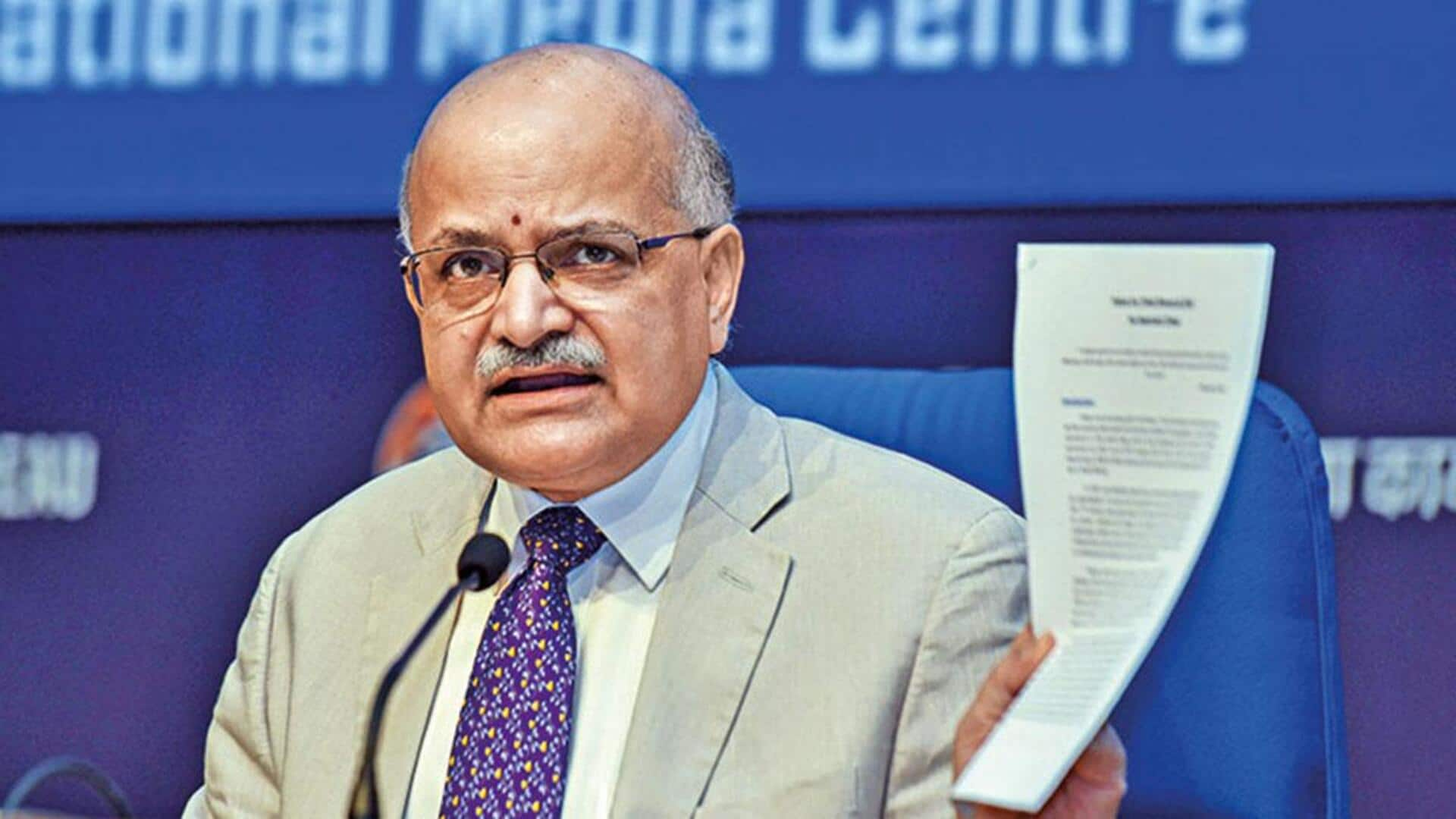
AI can help achieve $8.3 trillion GDP target: NITI Aayog
What's the story
Artificial intelligence (AI) has the potential to be a key driver of India's economic growth, according to a report by NITI Aayog and Niti Frontier Tech Hub. The document, titled "AI for Viksit Bharat: The Opportunity for Accelerated Economic Growth," was released in New Delhi on Monday. It highlights how AI adoption across industries and R&D transformation could help India achieve its ambitious GDP target of $8.3 trillion by 2035.
Economic impact
AI can be key driver for growth rate
The report emphasizes that to achieve an 8% growth rate, India must unlock productivity and innovation at scale. NITI Aayog CEO BVR Subrahmanyam said AI can be the key driver for such a growth rate. He stressed that sectors like banking and manufacturing can use AI today to enhance efficiency, service quality, and competitiveness, setting off a chain reaction of deeper transformation.
Growth catalysts
Report identifies 2 major growth catalysts
The report identifies two major growth catalysts: accelerating AI adoption across industries (30-35% of the growth step-up) and transforming R&D with generative AI (20-30%). Sectors like banking and manufacturing are likely to be the first beneficiaries. In financial services, AI could enable hyper-personalized customer experiences, advanced fraud detection, and more inclusive lending, unlocking an estimated $50-$55 billion by 2035.
Sectoral impact
In pharmaceuticals, AI could cut drug discovery costs
In manufacturing, AI-driven productivity gains, predictive maintenance, and intelligent product design could add $85-$100 billion. The report also highlights the importance of nurturing frontier innovation, such as AI-enabled drug discovery and software-assisted vehicles. In pharmaceuticals, AI could cut drug discovery costs by up to 30% and timelines by as much as 80%, helping India transition from a generics-driven market to an innovation-led one.
Automotive vision
For the automotive sector, report envisions software-assisted vehicles
For the automotive sector, the report envisions 18-20 million software-assisted vehicles on Indian roads by 2035. This would be backed by smart corridors and digital testing parks, potentially delivering $20-$25 billion in export gains and import substitution. Debj Ghosh, a Distinguished Fellow at NITI Aayog and Chief Architect of the Frontier Tech Hub, stressed that India's mission to sustained growth must focus on bold AI integration and relentless innovation.